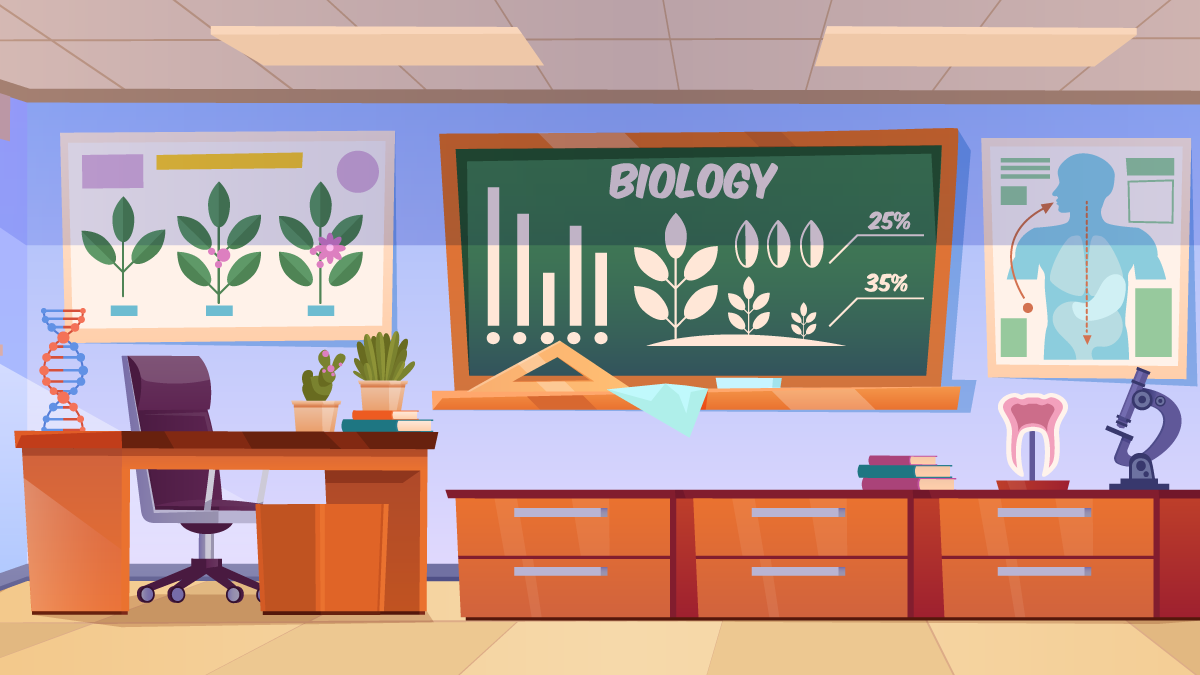
Any student should be able to successfully convey one’s work and ideas using a number of presentational ways. Posters may be an effective medium for scientific communication and are frequently used in meetings and conference presentations. They are static visual displays that allow you to discuss your work and receive immediate feedback.
Although it is believed that a poster will do the most of the talking, it is the presenter’s responsibility to answer questions and describe the work in further depth. A great poster made with education poster templates will not only capture the attention of the audience but will also clearly and simply summarize the goals, methods, and conclusions of your scientific research. Here are some pointers to help you create a successful and effective poster.
Content
Determine the size of your poster and the amount of space available. Further, you may begin to determine how much information you can offer. A poster’s objective is not to just plaster every piece of data you have on a board but to be short and clear in what you are attempting to portray. For this, perform the following:
- Make it clear what message the poster is delivering so that relevant findings may be presented and debated;
- Consider your target and what you want to achieve with your poster; this will help you choose a poster style.
Posters that deliver a straightforward message, for example, billboards and poster campaigns, tend to be very visual with non-technical information. Scientific posters, on the other hand, will feature more extensive and sophisticated data.
A poster should typically have the following sections: a title section, an abstract or summary, a brief introduction, goals and objectives, methodology, findings, discussion, and conclusions. You might also wish to include a section with ideas for future work like proposing how your work could be improved or other tests that could be used.
Keep your title brief and to the point to capture the viewer’s attention. Be judicious in the results you show on your poster; exhibit just those that represent the primary findings of your work. Other results may always be kept nearby in case you are asked about them. Figures can be used to communicate facts in a simple manner, such as demonstrating patterns, but they should only be used to complement the text. The end of your poster should be the peak of your effort and should address the project’s key goals and objectives.
Format and Layout
The content and data in your poster should be organized logically and hierarchically. When we first encounter new information, we prefer to read from top to bottom and left to right. As a result, it makes sense to organize your job in this manner. For example, you may put your abstract in the top left corner and your conclusions in the bottom right corner.
Keep in mind that the poster should be able to guide the reader through the content being displayed. An alternate arrangement to the one described above is to center the findings and have the supporting material radiate out from it. It may be useful to include arrows that guide attention to the presentation’s sequence and order. However, excessive augmentation can be distracting and confusing.
Photographs, Graphs, and Images
Graphics and visual elements, when utilized correctly, may significantly improve your poster, enhancing both the data introduction and the audience’s attention. However, make sure that all graphics are related to your project and are linked by references in the text, such as figures and numbers. Make certain that all diagrams are well-labeled and visible.
A micrograph, for example, should be 120 – 80 mm in size. Captions should be put beneath the diagram/figure, and the figure should be near the necessary text. Captions on graphs and diagrams should be read horizontally wherever feasible (the exception to this is the vertical axis label on a graph).
Style
Maintain simplicity, clarity, and conciseness. Obviously, the poster must be eye-catching and appealing, but cluttering up your poster area might be distracting to the viewer. Make sure your font is large enough to be read from at least a meter away. People will be tired of having to lean in or squint to see little print. So, make sure that they can grasp all the information they need with ease.
Use no more than one or two font styles. When there are too many font styles in a sentence or paragraph, it might seem cluttered and unclear. Therefore, it is advisable to choose easy-to-read typefaces such as Times Roman or Arial. To make reading simpler, use capitals and lowercase instead of full caps. Keep a steady tone throughout.
Color
Using colors on your poster might help you draw attention and give your work an impact. However, use color sparingly and with caution. Too many colors or borders may be distracting and messy. Avoid using bright, loud, or clashing colors. A nice piece of advice is to utilize complementary and high-contrast background and foreground colors. This will guarantee that your content and photos are shown. If you use colored text, make sure it contrasts with the backdrop paper, as searching for camouflaged writing might be annoying for the reader.
Ready for Your Next Project?
Now that you know how to create a research project poster and what tools to employ, you can get to work. Remember that talent comes together with practice. So, experiment and do not be afraid to fail.




